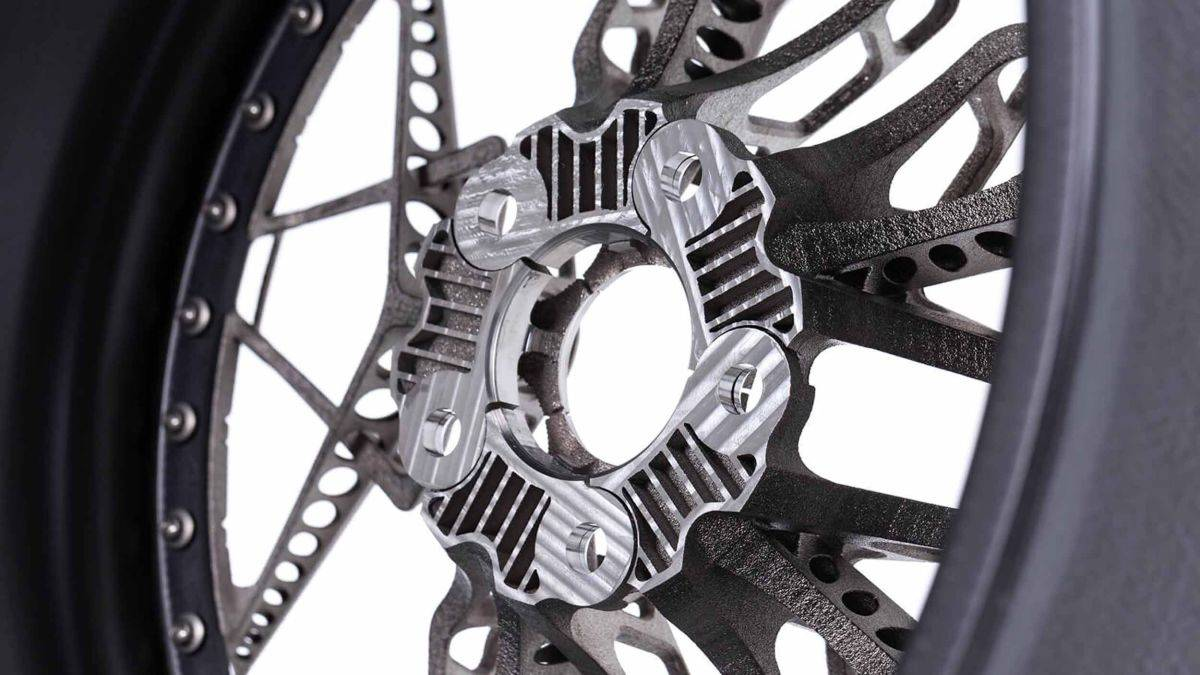Tel: +86-17791247851
E-mail: jocelyn.Tang@bycti.cn
Tel: +86-17791247851
E-mail: jocelyn.Tang@bycti.cn
Recently, with continuous breakthroughs in manufacturing technology, significant progress has been made in 3D printing technology for titanium metal processing, bringing new development opportunities to multiple industries.

Titanium metal, known for its high strength, low density, excellent corrosion resistance, and biocompatibility, is widely used in high-end fields such as aerospace, medical, and automotive industries. However, traditional processing methods face challenges such as high costs, significant material waste, and long processing cycles when manufacturing complex-shaped titanium components. The emergence of 3D printing technology has provided innovative solutions to these problems.
In the aerospace sector, 3D printing technology enables the direct manufacturing of complex-shaped titanium alloy components for aircraft engines. Using computer-aided design, engineers can integrate structures that originally required multiple parts into a single complex component, which can be produced in one go through 3D printing. This not only reduces the weight of the components, improving fuel efficiency, but also minimizes the number of connection points between parts, thereby lowering the risk of failure. For example, a titanium alloy aircraft engine blade manufactured using 3D printing technology by a Chinese aviation research institution is 15% lighter and 10% stronger than those produced using traditional methods.
The medical industry has also greatly benefited from 3D printing technology for titanium metal. Doctors can create titanium implants, such as hip and knee prostheses, that perfectly match a patient's unique anatomical structure based on personalized needs. This customized production significantly improves the compatibility of implants with the human body and reduces the likelihood of rejection. Statistics show that patients with 3D-printed titanium implants experience an average 20% faster recovery time post-surgery.
3D printing technology for titanium metal also shows immense potential in industries such as automotive manufacturing and mold processing. By using 3D printing to produce titanium molds, it is possible to design complex internal cooling channels, significantly enhancing cooling efficiency and shortening product molding cycles.
Industry experts predict that as 3D printing equipment performance improves, material costs decrease, and processes continue to be optimized, the application of 3D printing technology in titanium metal processing will become increasingly widespread, potentially driving leapfrog development in related industries.
This is the last one.